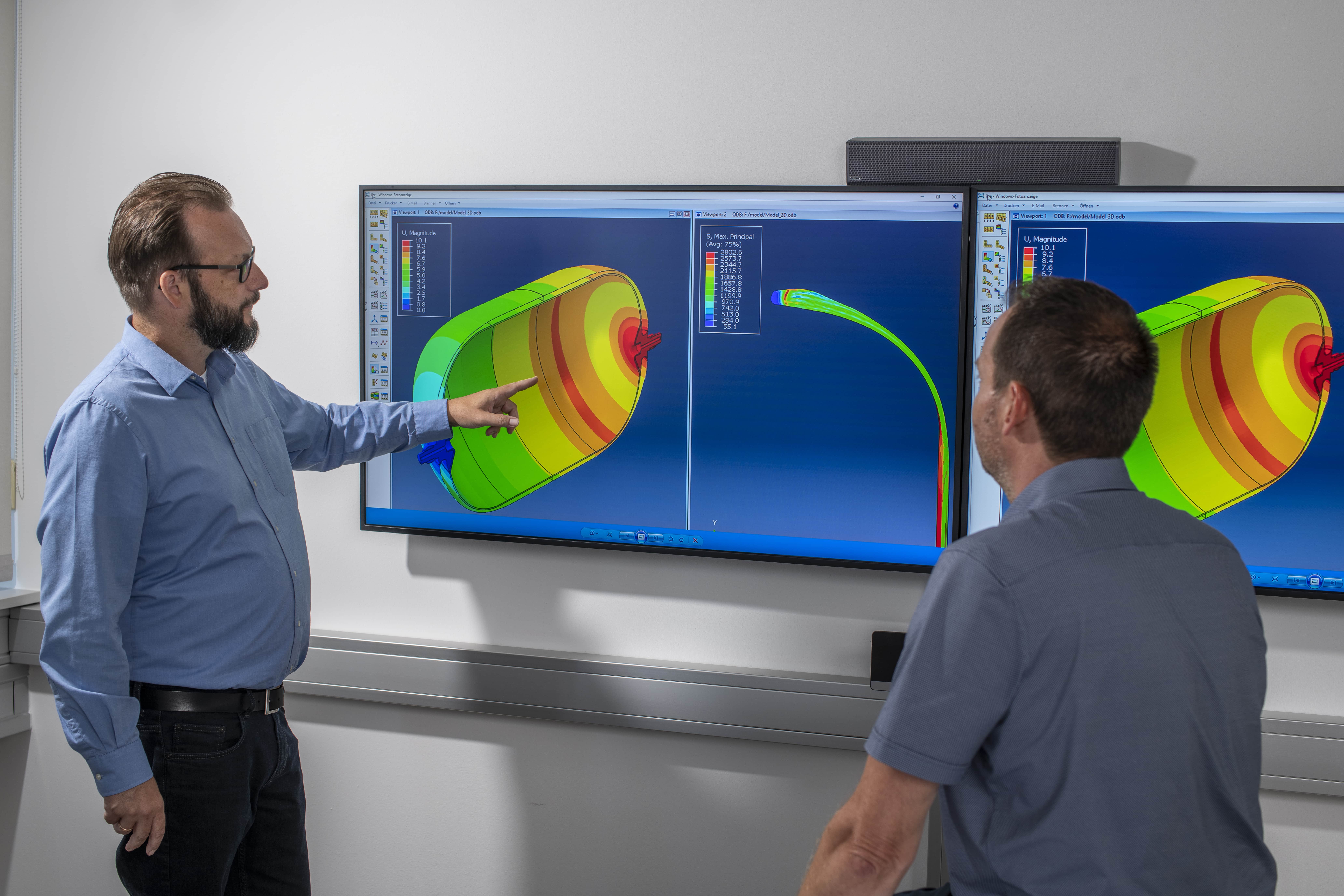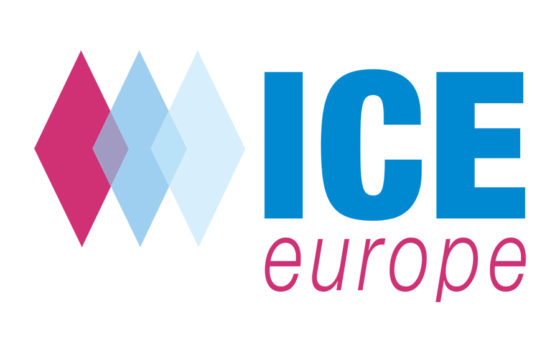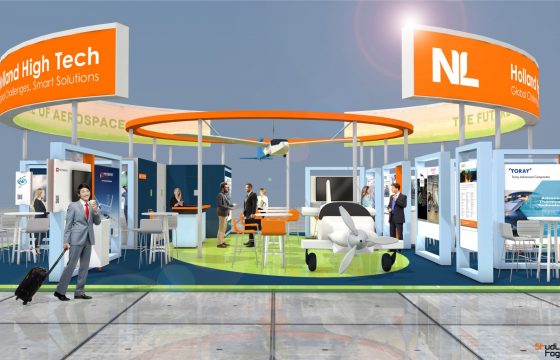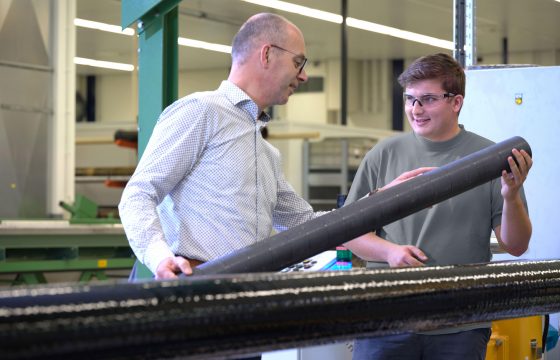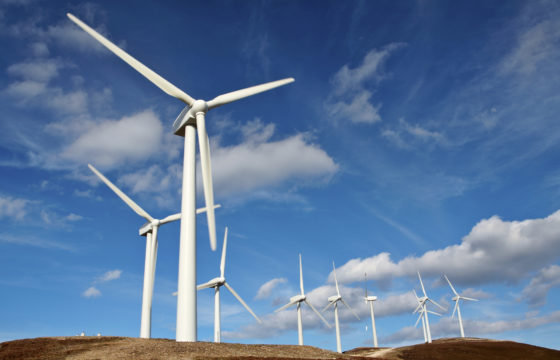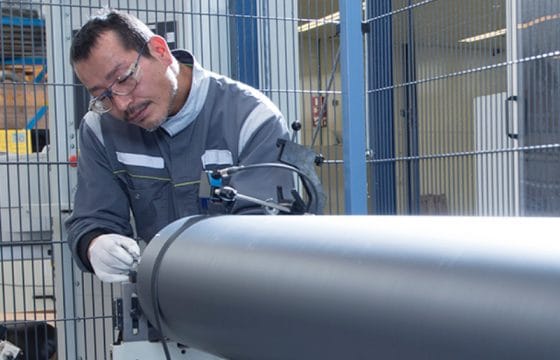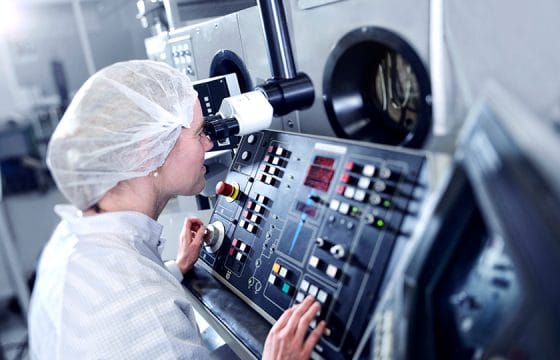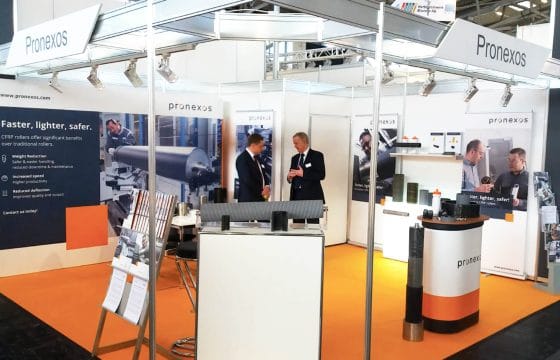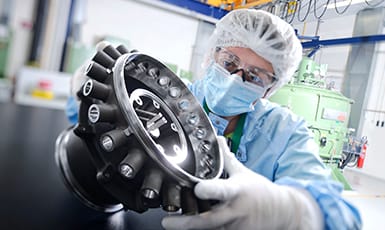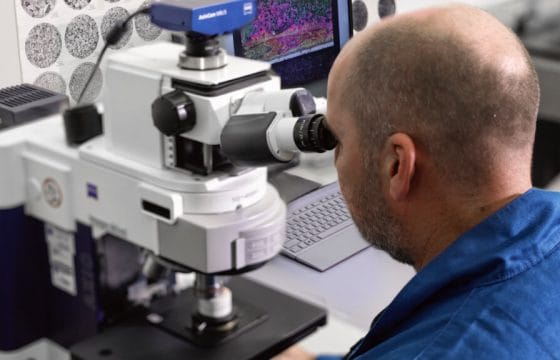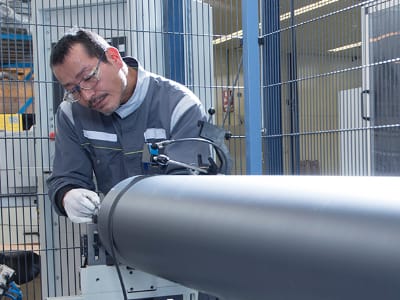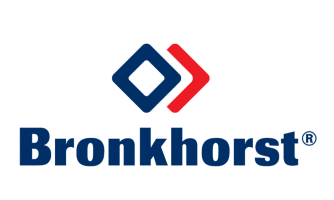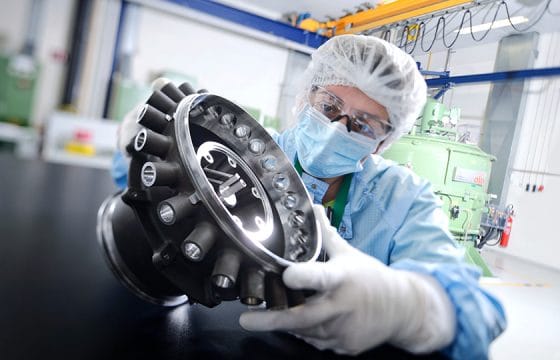Commercial and international activity in space is booming, with the likes of SpaceX’s Starship programme and the European Space Agency launching more vessels into orbit above our planet.
This new era of space activity is being driven by both further technology development and new material applications, including a marked rise in the use of carbon fibre for its strength-weight ratio. This innovation is opening up commercial potential for an increase in vessel launches.
With over 40 years of experience in the design and manufacture of specialist carbon-fibre-reinforced polymer (CFRP) applications, Pronexos is now seeing a spike in demand for carbon fibre solutions for use in aerospace applications, especially in the area of pressure vessels.
Vera Krijgsman, Technical Project Leader for Pronexos, explains the opportunities. “The carbon fibre-reinforced structure provides a very beneficial stiffness/strength/weight ratio, so the pressure vessels can be made lighter, which can save a lot of fuel for the spaceship,” she says. “CFRP pressure vessels are highly efficient as they last a long time, are resistant to chemicals, transparent to X-rays and don’t suffer from thermal expansion. Additionally, CFRP pressure vessels are resistant to extreme pressures and temperatures: these vessels’ operating pressures are typically 350 to 700 bar and they can be used from -100°C to 100°C.”
Type 3 and Type 4 CFRP pressure vessels, supplied by Pronexos
Pronexos can design and manufacture both Type 3 and Type 4 pressure vessels in CFRP. The key differences are as follows:
- Type 3 pressure vessels are made from carbon fibre with a steel or aluminium vessel inside, so that the outer carbon fibre vessel absorbs the load
- Type 4 pressure vessels are made completely from carbon fibre, with an internal lining of polyamide or polyethylene, making this vessel much lighter and stronger.
Type 3 pressure vessels use a pre-formed metal product, made using a special manufacturing technique called flow forming, which is a hot deformation process. For small series productions, the electron beam welding process is sometimes used to assemble the inside of the pressure vessel.
Type 4 pressure vessels use high-density polyethylene (HDP) or polyamide (PA). The longitudinal seams are welded using a mirror welding process. One characteristic of mirror welding is that no welding agent is added; welding is done by pressing the contact surfaces together after they are heated.
Find out more about Pronexos work with pressure vessels and how CFRP is shaping the future of the aerospace industry.






